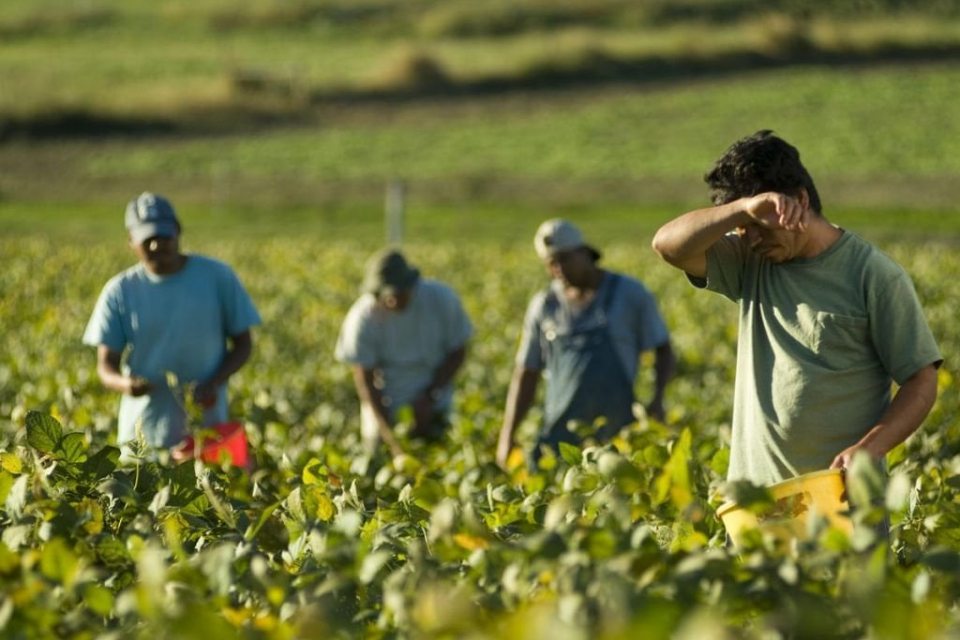It’s a speck on the edge of our consciousness. We know that there is a dire need for solutions that unravel the web of issues that accompany labour shortage. Yet, we are hesitant to adopt them, even when the solution is nothing out of the ordinary – just an app or machine that digitizes quality processes.
Since ripping off the rose-coloured glasses often spurs people, that’s what we do here. We explicitly list the problems that come hand-in-hand with labour scarcity.
What you do next – adopt tech to solve them or not – we leave entirely up to you.
$45 million worth of food loss.
The impact of COVID-19 was devastating. With a 26,000-worker shortage – a shortfall that is in addition to the labour scarcity we already had – the fruit and vegetable sector is facing dire consequences.
In 8 weeks, starting in December, Australia lost $45 million at farmgate all because international and domestic borders are still under restrictions. It meant fruits and vegetables went unharvested.
Fresh Produce Group estimates 20 hectares of land was unpicked, wasting 400 tons of blueberries.
Cost of labour goes up, productivity plunges.
Labour is a massive input in agribusiness. When it is constrained the price of hiring the same workers goes up. On top of limited and expensive labour, there is the cost of quarantining them, which initially was around $4,000/ worker.
Assuming you can bear the hefty price tag, even then training the new workers takes time, something you definitely can’t afford. In the end, the productivity of your farm or DC suffers.
Safety and compliance come under the lens.
But not training the pickers or quality staff has its own troubles.
Careless and untrained workers are often the biggest source of physical contamination in fresh produce. To remain legally compliant with quality assurance schemes, you need experienced staff who can assess all safety hazards on-farm.
Loss trickles down to supermarkets.
When fruits and vegetables are allowed to rot and ploughed back into the ground wholesale market are left with far less product than expected.
For instance, a fresh produce packer and marketer expected 20,000 to 30,000 boxes of lychees from their grower this season. They received just about 6000.
This tightening of supply is felt down the chain, increasing prices precipitously. Forecasters predict that fruits like table grapes and summer vegetables will have a 15 to 25% higher price tag this year because of a severe shortage of workers.
Higher consumer prices imply cut-throat competition, which means your margins will be thinner.
The future is digital and mobile.
Paucity of labour is like the first car in a pile-up: an accident that turns into a disaster. While there is no panacea for it, digital products can help food businesses bypass the head-on collision.
Take, for example, the ludicrously easy-to-use solution: a mobile app that keeps track of fresh produce quality with a click of a picture. It can save you hours of precious time on mandatory record-keeping.
It also frees you of the financial burden of hiring and training labour. Because the app is faster than a human worker, it is cost-effective, leading to even bigger savings.
A freight forwarding company estimates the cost of recording quality specs on notebooks first and then transferring it to Excel can reach upwards of 800 AUD per week.
With the app, you not only save this amount but also track the movement of your produce from harvest to the point of sale. It puts you in control by offering traceability. So, you can defend your produce if ever an issue arises!
The gist?
For fresh produce growers and distributors, tech can become a silver bullet. All it takes is embracing it. So, when you’re ready to take the plunge, make a call.
Sources:
Agriculture and Food Department

Tanmay is the Head of Asia Pacific for Intello Labs. As a part of the leadership team, he leads the regional sales, strategy, and business development activities. Previously, Tanmay was the Director of Investments for New York-based Community Development Venture Capital Alliance. Tanmay holds an MBA from New York University’s Stern School of Business and is an alumnus of Indian Institute of Technology Bombay. He resides in Singapore with his family.






